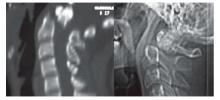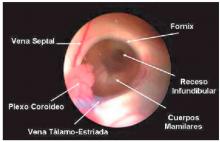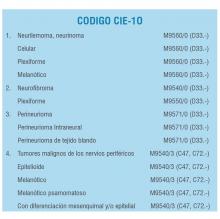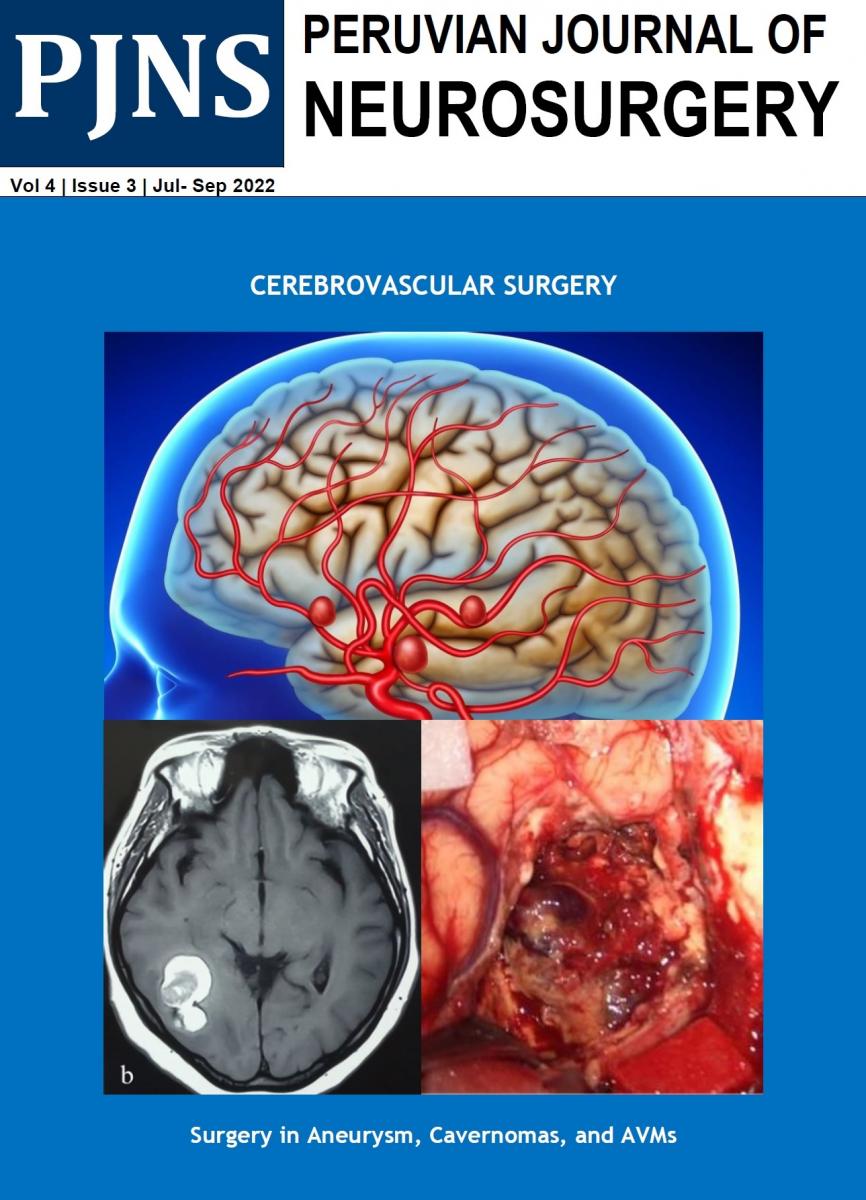Spine cord injury in children
Spinal cord injury is infrequent from infancy to pre-adolescence. The incidence of traumatic lesions of the infantile spinal cord in relation to all age groups oscillates between 0.65% and 11%. Spinal injuries in relation to mild head injuries are 1 / 25-30, and severe head injuries are 1/20; However this incidence may not be as reliable because the statistics are not including minor problems or those that are not hospitalized or survive before reaching the hospital.






